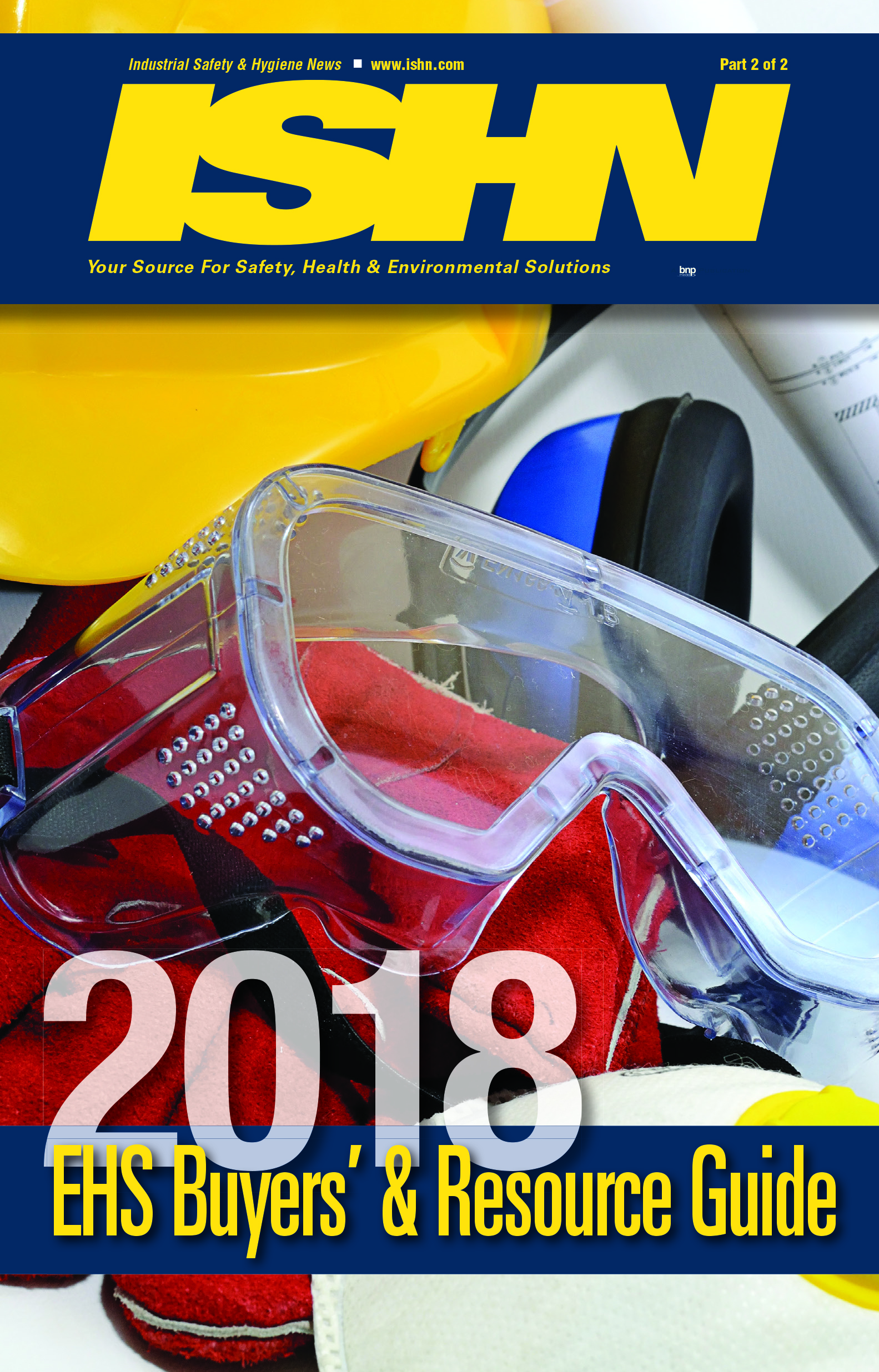As companies grow, efficiency and the consistent execution of operations are often the defining factor in sustaining growth and profitability. Many market leaders and companies find that implementing operational excellence programs are the key to uncovering inefficiencies and improving professional performance.
Operational excellence means different things to different businesses. While some focus more on product quality, others may focus more on high-risk supplies like oil and gas. It all depends on safety and sustainability. However, there are some common elements that exist among all methodologies.
These include:
- Standardization
- Closed-loop processes that enable continuous improvement
- Proactive risk management that goes beyond compliance
- Generating actionable data from key performance indicators (KPE)
- Collaboration among cross-functional teams
The Benefits of Operational Excellence
Minimizing waste and improving reliability can deliver big results in terms of lowering costs and boosting profits. For global companies, operational excellence is a critical strategy for managing the inherent complexity of operating multiple divisions, locations and business units. It enables faster improvement and the agility to respond to market changes.
The Link Between Operational Excellence, Quality and EHS Management
Operational excellence is often closely tied to quality and EHS performance. Employees cannot produce quality goods while working unsafely for extended periods and companies with quality issues are likely to have safety gaps. The connection between safety and quality is represented in the overlap among requirements for ISO 19001 for Quality Management and ISO 14001 for Environmental Management and OSHAS 18001 for Occupational Health and Safety. Many companies, in fact more than half of Fortune 500 companies, have deployed some form of integrated systems to address multiple standards and operations.
The Role of Integrated QEHS in Operational Excellence
QEHS systems enable operational excellence, focusing on the vital elements of risk management and reporting. Here are some areas in which an integrated system is effective:
Document Control: Effective documentation is the foundation of operational excellence. Document control software allows users to manage the creation, approval, distribution and archiving of all controlled documents. Document control software is ready to use for such document types as manuals, procedures, work instructions, forms, job descriptions, product specifications and much more.
Part of any compliance management standard involves the controlling of documentation. Whether it is ISO 19001, ISO 14001, Good Manufacturing Practices or other regulations document control element is an essential part of any framework. The controlling of documents ensures users that proper procedures will followed and centrally managed to meet guidelines within an organization.
Organizations who struggle with multiple spreadsheets, document versions or shared network drives largely benefit from Specification Management. Similarly having numerous iterations of job instructions floating around can lead to safety and quality issues. No matter how you share documents in a manual system, there’s a fundamental lack of visibility which inevitably creates errors and waste.
An integrated Document Control System serves as a central repository for managing specifications, policies and procedures in quality and EHS, reducing risk by preventing conflicted versions that cause mistakes, enabling automated employee training updates and minimizing delays while ensuring control over completion.
Employee Training: Operational excellence requires employee training that addresses both quality and EHS. An integrated QEHS System simplifies the process, allowing companies to capture all of the quality and safety requirements of each job role.
For example—chemical plant workers need training on how to ensure safety as well as product quality. In tracking employee training, companies can easily pull HR data to determine requirements, organize scheduling priorities with risk-based assessments, uncover training gaps contributing to both quality and safety issues and gauge effectiveness of courses by reporting on assessment results.
Seamless employee training management ensures reliability and effectiveness to improve on safety and quality overall.
Audits: Audits are essential to the continuous improvement and success of an organization. Centralizing audit activities within a single QEHS program helps promote operational excellence by allowing users to:
- Consolidate audit plans: EHS and Quality Management solutions combines modules like document control and audit management which allows users to cover all requirements with one solution to save time and reduce costs.
- Spot underlying issues: An integrated QEHS system lets companies review audits holistically, allowing users to pinpoint exact causes of safety and quality issues. This helps in spotting noncompliances around certain operations and can determine a need for solution, such as more training or process change.
- Prioritize follow up work: Audits generate numerous findings, with some issues being more critical than others. For items that cannot be fixed on the spot, the quantitative risk assessment tools of an integrated QEHS system prioritize events with corrective action based on risk levels.
Change Management: There are many benefits of change management. Effective change management is a central tenant of operational excellence. With process changes impacting quality and safety, a unified QEHS system delivers big-picture visibility so that users can make appropriate changes regarding risk.
Change management helps make the right decisions to quantify risks and costs associated with various alternatives. It combines quality and EHS systems for automatic updates and project plans, on screen reporting for monitoring initiatives and an analysis of past projects to see how long actions took so they can be avoided in the future. Insight into these aspects reduces cycle time for engineering changes, lower costs and increased productivity to promote operational excellence.
Regulatory Compliance: Integrating compliance tracking in QEHS System supports operational excellence by allowing users to institute a single automated process for all requirements that apply to the specific company. Companies with well-established operational excellence programs typically use the following process to ensure regulatory compliance:
- List all applicable requirements into the QEHS System
- Link requirements to existing controls within the organization
- Identify gaps for regulations without controls, or where controls are insufficient
- Apply quantitative Risk Assessment to each compliance gap to determine where to focus on adding controls first
Process Safety and Quality: Companies often monitor process safety and quality data independently. However, a change in either direction can cause larger problems threatening quality and or safety. Studies show that incorporating quality data into process safety monitoring systems allows researchers to identify more near-miss events and enable a more robust risk calculator.
Incident Management: Process deficiencies typically surface as either safety or quality events. A single-platform QEHS System centralizes tracking to better identify and eliminate systemic risk. Things like safety incidents, customer complaints and quality issues classify as gaps in controls and warrant deeper analysis.
QEHS integration streamlines the process of identifying risk through Incident filtering by risk level. This allows users to see where to focus their efforts. Automated Corrective Action routing is helpful and aids in visibility so problems don’t fall through the cracks. Risk-based verification to ensure corrective action sufficiently reduces risk.
Risk Management: Risk management is also critical to preventing incidents. Some companies are borrowing approaches from the energy and aviation industries to mitigate the risk of high-impact events with the bowtie risk model. This is used for visualizing complex risk environments. The bowtie model identifies causes and consequences of major events, as well as preventive and recovery controls on either side.
Whether a QMs or EHS organization, managing risk is a great priority. Risk assessment in the QEHS calculates risk throughout various points of processes and is able to classify risk as a whole. The classification of risk helps with mitigation and proving/documenting event history. The QEHS integrates with the Corrective Action function with tools like the Bowtie Risk Model to filter non-critical events from critical events. This helps ensure that the deepest and most harmful threats are handled appropriately.
Enterprise Reporting: QMS and EHS organizations both will benefit from measuring the results of change within their organization. Integrating both practices is able to provide for the whole scope of data analysis. This ensures that the quality of a product or process is not only proper, but also its safety impacts are as well.
EHS and QMS systems have extremely specialized functions that are designed to manage and track incidents and environmental aspects. When combining the best practices into one complete and robust solution, the QEHS is able to provide for cost-savings across the board and foster a greater sense of efficiency and decision making.
Harmonization and Automation: How we define operational excellence likely depends on the industry you work in. However, where companies tend to place stronger emphasis on product quality, there are common areas to focus on. These are the consistency of execution, the standardization of systems for better efficiency and reliability, proactive risk management and education along with enterprise-wide collaboration.
Experts recommend the use of integrated set modules for this work rather than collecting separate, loosely connected data. Robust integration provides for more in depth quality and helps to achieve synergy from department to department. Operational excellence is often about synergy—the synergy of people, processes and the system.
In Conclusion
Harmonizing quality and safety can be challenging. Ensuring that processes are following the proper process allows procedures to run thoroughly with automation. Using automated modules allows companies to leverage already built in capabilities to achieve overall operation excellence goals. One of the most powerful aspects of operational excellence is that it integrates quality goals across many different functional areas, bringing together the full power of the people, processes and technologies to standardize and design the framework to resolve high-risk issues before it becomes too late.




